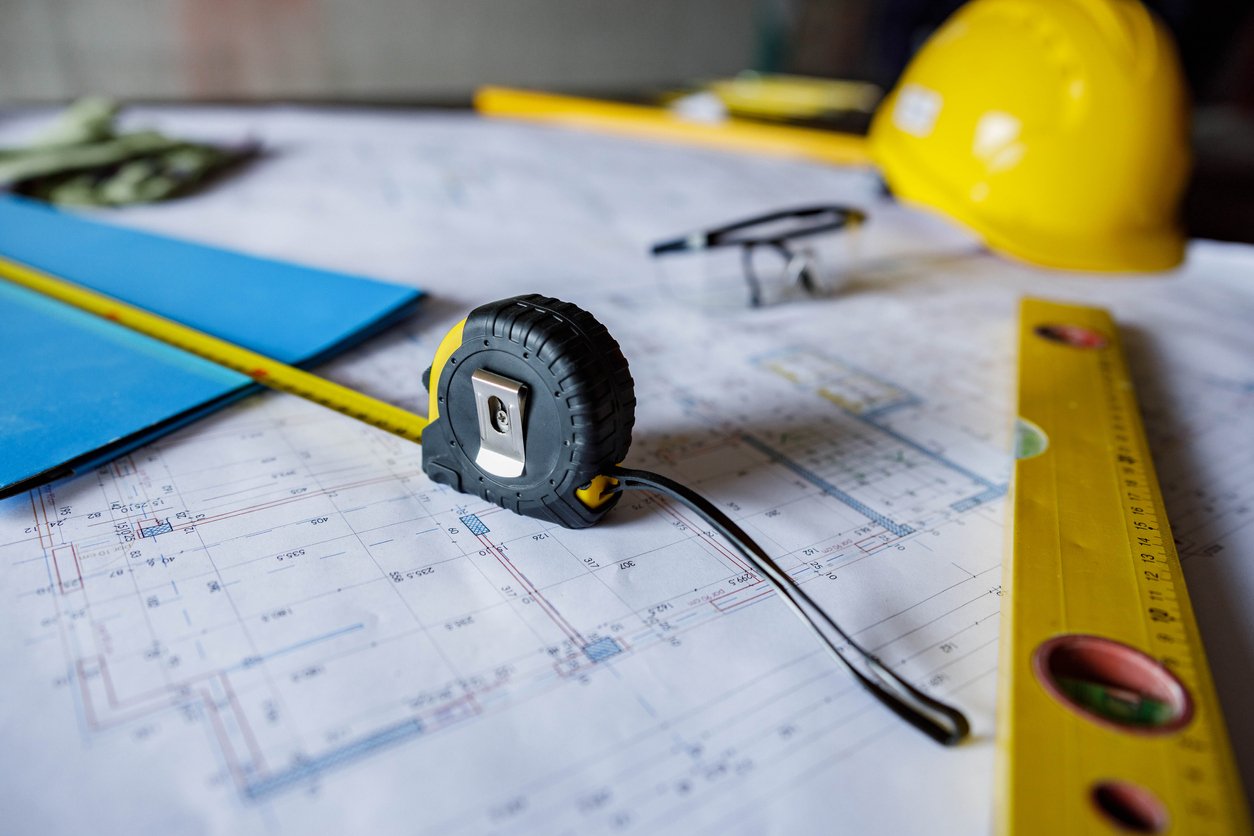Home renovations can be incredibly exciting for any homeowner. With the possibilities of what your home can transform into within reach, it’s understandable why you would want to dive headfirst into the project in the hopes of attaining your end goal, and thus your dream home, as quickly as possible. However, dreaming and visualizing is the easy part. Knowing where to start and what a home renovation should look like may not be common sense for everyone, particularly those new to the world of renovations.
When it comes time to renovate your home, one of the best decisions you can make is hiring a reputable contractor, such as those at Solid Solutions Renovations. Not only will your contractor be in charge of all the labour required for the job, but they can also assist you during the renovation process, offering advice and guidance when needed. In the meantime, however, let’s take a look at a quick breakdown of a home renovation.
Planning
The planning stage of any home renovation is arguably one of the most important steps to take. It is during this phase that you determine your budget. The financial aspect of any renovation can be stressful to some, so establishing how much money you have to work with is important, as it ensures you don’t overspend and end up in debt at the end of it all. Your budget also determines the scale of your renovation. For example, bathroom remodels can start at $10,000, while kitchen renovations often begin closer to $35,000. It’s important to be realistic about what you can afford to renovate, so if you feel limited by your budget, don’t be afraid to take time and save up more money. The best part of the planning stage is that it can last as long as you need it to.
The planning stage is not just figures and facts, however. This is the exciting time when you get to select your materials, from your tiles and paint to your appliances and fixtures. Home renovations are the perfect opportunity for you to infuse personality and creativity into your home, so have fun choosing all those small details that make your home scream “you”.
Large Projects
When you actually begin construction on your home, you will likely tackle the larger projects first. This can include repairing your foundation, weakened walls and supporting beams, and roof. These areas are the backbone of your home, so ensuring they are in good condition will allow your renovation to move forward without negatively impacting subsequent projects. For example, if you begin tiling your floors before you check your foundation, you may find yourself pulling up all your work if the foundation is cracked and needs to be reset.

Demolition
If this step wasn’t required to complete your large projects, this is the time to do it. Consider renting out a large container for waste, and make sure you are thoughtful in the ways you break apart your home.
Walls and Ceilings
Whether you are building new ones or repairing ageing ones, more goes into a wall than simply planks and drywall. First, begin with your structural carpentry, which includes constructing, moving, or removing walls, as well as adding any necessary support beams. Then run any electrical, plumbing, and HVAC ductwork through the home while everything is still exposed. Next, insulate your walls and attic before closing everything up with drywall.
Paint and Wallpaper
With your home empty and no obstacles in the way, this is the perfect time to paint the interior walls, hang up wallpaper, and touch up any mouldings or trims.
Flooring
Last but certainly not least is flooring. By finishing everything else first, you can be sure no mud or paint is tracked onto your newly installed flooring, while also ensuring that you know the exact dimensions of each room. As a note, hold off on installing your baseboards until you’ve finished your flooring, as you risk creating a gap between the wall and the flooring otherwise.
This is a simplified version of how home renovations operate, but hopefully, it’s given you a better sense of what to expect! However, don’t hesitate to ask your contractor any questions you may have.





